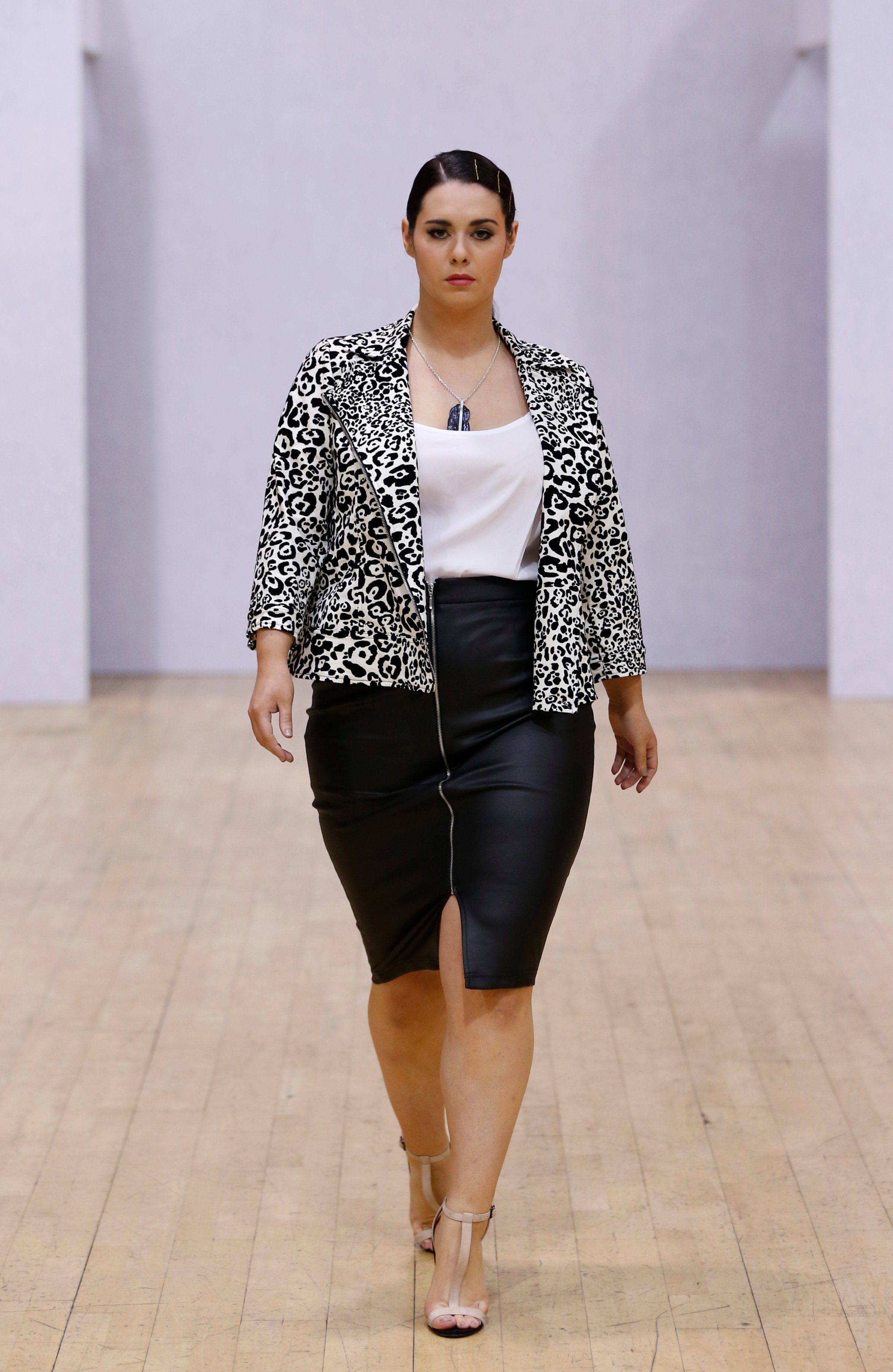
If plus-size fashion is a $17.5 billion industry, why are plus-size consumers still marginalized? The fashion industry takes a lot of blame, and to some extent the blame is fairly placed, but not entirely. As a plus-size fashion blogger and veteran fashion marketing consultant, I talk to women every day who are looking for more from the fashion industry. Limited variety has forced us to take a utility-vs-style approach, which is often confusing for the few trend-driven retailers navigating the space. If you’re one of the reported 100 million plus-size Americans, your own retail behavior could be more to blame than you think.
Naturally consumer behavior informs retailer decisions, but the most perplexing insight of my career was when a plus-size retailer tested shoppers, showing the same styles on size 8 and 14 models, each to a different customer segment. The size 8 model translated into more sales nearly every time, even as customers demanded on social media that the brand use plus-size women in their product photography. This was not an isolated incident; industry friends shared similar anecdotes about brand after brand. And retailers are going to continue to create online shopping experiences that lead to higher sales. For example, brands frequently reshoot a slow-selling item on a “higher converting” model (to use the industry term for earning potential) to move inventory. As essential as clothing is to our lives, fashion is first and foremost a business.
Plus-size blogger Chastity Garner recently revived a movement to pressure Target into extending the sizes of their designer collaborations on the heels of Melissa McCarthy’s claim that she was unable to find fashion designers willing to create gowns for her red carpet appearances. Although the perception of fashion traditionally has been that plus-size women are not desirable customers, Lane Bryant is stirring up the industry, collaborating with Isabel Toledo, Sophie Theallet, and most recently Lela Rose. Partnerships like these raise the profile of plus in the wider fashion industry while utilizing a brand’s established fit, patterns, and silhouettes. The success, perceived or otherwise, of these collaborations is invigorating and inviting.
But real change for plus-size fashion will come when customers make more conscious purchasing decisions. Aimee Cheshire, co-founder of Hey Gorgeous, an online retailer that carries established and independent fashion sizes 8 and up, shared, “The difference will be seen immediately when the plus consumer breaks the cycle and starts to take risks buying beautiful, high-quality pieces that she is proud to wear.”
As brands continue to tune into plus-size consumer feedback and behavior, we as a community must acknowledge that every interaction we have carries a responsibility. When The Limited shuttered ELOQUII due to a lack of resources, passionate team members used the community’s outcry as validation of what they already knew – that women want quality, current fashion at any size – and independently revived the brand. (Disclosure: ELOQUII is among the brands for whom I do consulting work.) True variety, whether that be more trend-driven styles, better fit, higher quality fabrics, model selection, or extended sizes, will come from the accumulation of our choices. Product reviews, feedback, tweets, comments, photos, and blog posts all contribute to a brand’s success. And so does consumer behavior at the cash register.
Sarah Conley is a social media marketing expert and blogger; you can find her take on plus-size fashion, beauty, and technology at styleitonline.com.
More Must-Reads From TIME
- The 100 Most Influential People of 2024
- Coco Gauff Is Playing for Herself Now
- Scenes From Pro-Palestinian Encampments Across U.S. Universities
- 6 Compliments That Land Every Time
- If You're Dating Right Now , You're Brave: Column
- The AI That Could Heal a Divided Internet
- Fallout Is a Brilliant Model for the Future of Video Game Adaptations
- Want Weekly Recs on What to Watch, Read, and More? Sign Up for Worth Your Time
Contact us at letters@time.com